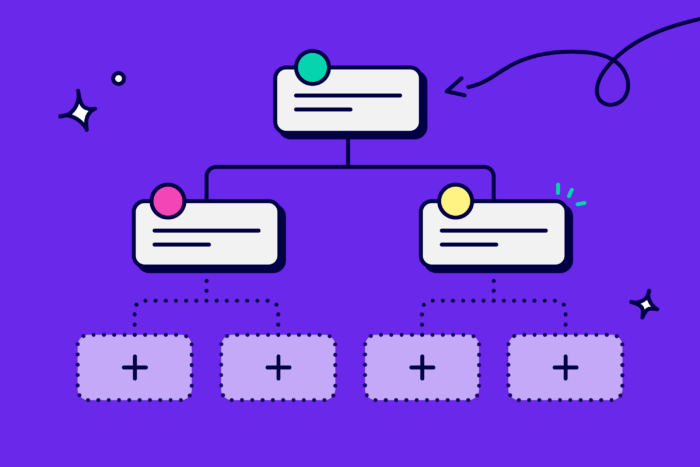
While organization charts are typically used by large companies, more and more mid-sized and budding businesses are recognising the value of incorporating them into their organizations.
An organization chart, sometimes also known as an org chart, is a visual representation that is used to display the internal structures of a business.
Using a flow diagram format, an org chart clearly demonstrates the different branches of the company and the hierarchy of the employees within these structures.
Here are 6 ways your business might benefit from an organization chart.
1. Add Credibility

Due to its association with global, high-performing businesses (like Forbes, for example), adding an org chart to your company website can generate increased consumer confidence in your brand. The presence of an organization chart shows stakeholders that you’re serious about company growth and transparent lines of communication. It also sets you apart from your less professional competitors.
2. Determine a Clearer Employee Structure
With multiple projects running concurrently and numerous different reporting lines in operation, concretely determining and communicating employee roles can be a struggle. This is where an organization chart comes in. With an accessible org chart, all employees can quickly and easily make themselves aware of the organization’s structure and where they fit within the bigger picture.
3. Define Employee Relationships

The larger your company gets, the more difficult it can be to determine the chain of command in your workforce. Your organization chart can act as a visual representation of how different branches of your business relate to one another. By establishing this overarching hierarchy, you can avoid any confusion over reporting lines and keep managers in different divisions from clashing.
4. Enhance Employee Coordination
Not only can your org chart stop managers from different branches from stepping on each other’s toes, it can also help to enhance their coordination. To run a business smoothly, your teams need to be able to rely on one another and operate as one. With a clear organization chart in place, employees undertaking cross-functional tasks can seamlessly determine the roles that their peers play in reaching the overall project or business directives.
To illustrate this, picture your marketing director. He doesn’t work in isolation. For your new campaign, he’ll need to liaise with your photography team to provide stills for the campaign. Maybe he also wants to contact your customer-facing staff to grab some feel-good quotes to put on your social media platforms. Your organizational chart can help him find out who he needs to talk to to get these deliverables ready on time.
5. Make Budgeting Decisions

Making informed and data-driven budgeting decisions is vital to achieving financial success in the corporate world. By analysing your org chart, you can determine how your resources are being allocated and generate productivity reports. A review of your chart might determine you’ve got twenty staff in advertising but have dropped down to just two in sales. With this information, you can make the adjustments required to match your business needs.
6. Identify Gaps in Employee Roles
In addition to determining when you’ve got too many staff in one area, your org chart can also be used to highlight gaps in your organizational structure. By analysing reporting lines and the functions of specific branches within your organization, you can determine whether there are vital company functions or projects that require more accountability or the addition of entirely new job roles to support unassigned responsibilities.
Conclusion

If you’re looking to expand your business in 2024, stakeholder management and accountability is key. Making a org chart is a simple but extremely effective step towards achieving this goal.














